Why does not the rose bloom and what to do?
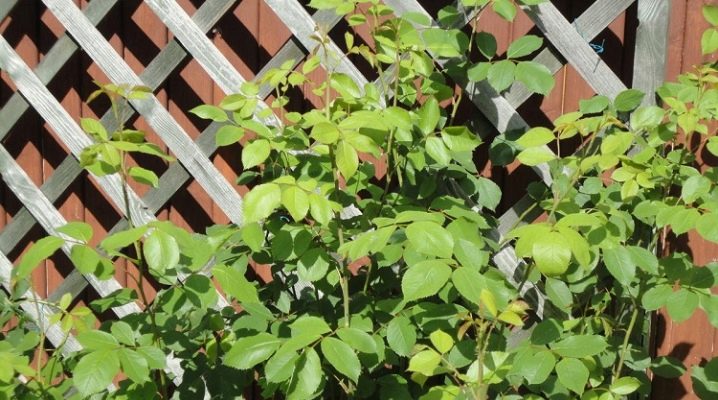
Any florist, planting a rose, expects luxurious and lush flower beds in the high season, or at least a picture close to this. However, everyone can face a situation where the rose does not bloom. And there can be many reasons for this - from improper care to illness and conditions that are not initially suitable for culture.
Bad conditions
It is likely that the matter may be in the wrong site. Roughly speaking, they planted it where it was necessary, and not where it was needed. The rose is quite capricious, and it will definitely not grow anywhere. Yes, there are varietal requirements, but there are some general rules - all varieties of roses do not like to grow in the shade. For a rose bush to grow normally, light is important to it.
In a closed area, you can't wait for flowering, even if everything is fine with leaving. In the shade of a building, fence, tree, the rose also does not want to bloom.
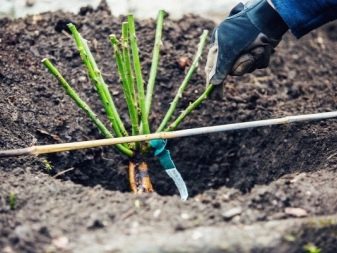
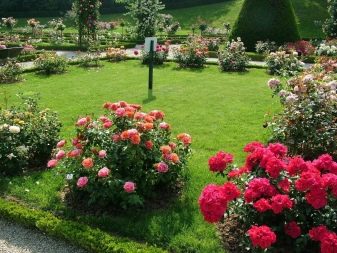
What are the other reasons that the bush does not bloom.
- Drafts - their rose categorically does not tolerate. It is necessary to take into account the direction of the winds when landing, make adjustments.
- Waterlogged soil - definitely bad. Areas where underground waters are close are not suitable for growing roses. But on a small hill in the garden, where there is enough sunlight, the culture will be comfortable. An eight-hour sunny day will suit the plant.
- Competitors - it's hard for a rose to compete with them. In the struggle for food, she is likely to lose. Stronger neighbors will take away both moisture and nutrients from her. Therefore, monoclumbas, rose gardens are the best option. And if a lilac or mock orange grows next to a rose, the plant will have a very difficult time. It is they who can lead to the fact that the rose will not bloom for several years in a row.
- Wrong soil - the flower is also very picky about the composition of the soil. A light clay-sand mixture will be a good choice, because it easily allows moisture and air to pass through, allowing the plant's root system to develop normally. But you can improve practically any soil, only with silty and clayey it will not be easy to do this. But sand and humus can also be added to them, significantly improving the characteristics.
- Wrong acidity - also a problem. The best soil for a rose is considered to be a soil mixture with an indicator of a moderately acidic reaction - 5.5-6.5 pH. It is easy to deacidify the earth with fluff lime or dolomite. And if it is necessary, on the contrary, to acidify, peat will help.
- Little humus, but it is he who provides food for the shrub. It is good if it is manure or peat compost. The manure must be used non-contact with the plant roots, otherwise a burn may occur. Therefore, it is better to spread manure in the planting pit long before the roses are planted, it must have time to perepot. And then it is covered with a layer of soil.
Finally, the case may also be in the root growth. Over time, near the grafted plants, wild growth is formed, which is not useful for flowering. She has a lot of thorns and leaves, which thickens the bush and makes it weaker. Varietal qualities are also swept aside due to root growth. And the full flowering of the bush is inhibited.
Coping with this is not so difficult: wild shoots just need to be cut periodically, but not leave hemp.
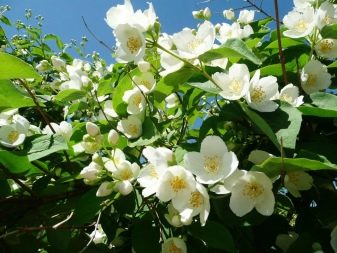
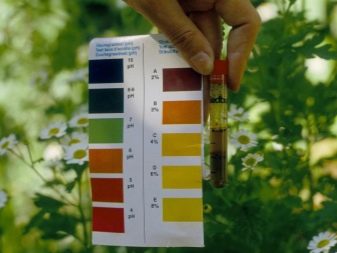
Improper care
This is another group of reasons that, alas, are not at all rare. But one should start with the reason for age: the rose may be still young or, on the contrary, already old. In the first year after planting, flowering is not always the case.It depends primarily on the condition of the seedling before planting. If it was stored in the refrigerator, you definitely can not wait for flowering. If a seedling has already been bought with buds, it is highly likely that they will bloom.
And a new place of growth can also affect the fact that there are no flowers. This means that the plant spends energy on adaptation, and this is also normal. Florists assure that in this case it is even better to pick the buds, so it will be easier for the plant to take root in a new place. Aging bushes also refuse to bloom. The coarse wood of their stems can no longer carry out nutrient components with high quality. Roses simply do not have enough strength to bloom.
The bush, which is already 3 years old, needs to be regularly rejuvenated: this is done by cutting down old branches, they will give way to new, young ones.
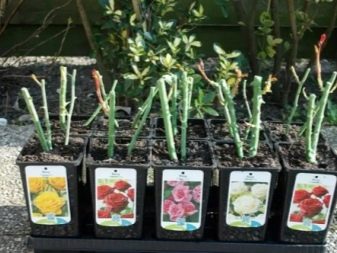

Watering
If the flower does not receive moisture, it does not give normal flowering. Frequent watering of the rose in the garden is not needed, but there should be abundance. The root system needs good hydration. After watering, the soil must be loosened without fail so that a crust does not form on the ground. By the way, here you can safely use the mulching of the bushes: the moisture will last longer, and the roots will receive their portion of oxygen.
If the drought is short in time, the rose will withstand it. But the number and size of flowers will not please. They will be too small, they will not form in the right amount. Mulching, already mentioned, saves well - coconut fiber and chopped bark are suitable for mulch. And the mulched soil, by the way, does not need to be loosened.
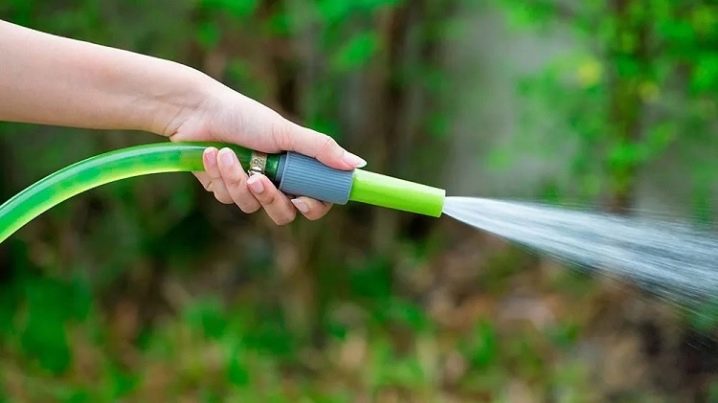
Top dressing
If the rose is undernourished, it will not flower. Such a plant, on the contrary, sheds green mass. Because there is not enough strength for it. Therefore, regular feeding of a bush, curly, climbing rose is sacred for a florist. But overfeeding is also dangerous. If a rose gets a lot of nitrogen, it will produce a lot of greenery. An overfed rose grows, the shrub becomes thick, but flowering is rare. Over the summer, the bush will not give more than three buds.
Roses outside feeding schedule:
- at the very beginning of flowering, potassium monophosphate, potassium magnesium are introduced into the soil;
- in July, organomineral feeding is carried out;
- after flowering, phosphorus mixed with potassium is added to the soil.
By the way, the lack of minerals is expressed by the thinning of the shoots, the appearance of characteristic spots on the leaves and, of course, the cessation of flowering. In order for roses to bloom violently, you need to alternate mineral fertilizers with liquid organic matter. During the growing season, such actions on the site are carried out every two weeks.


Pruning
Improper pruning is another reason for the lack of flowering roses. The main mistake is considered to be excessive removal of shoots, which disrupts metabolic processes and weakens the plant. Cuttings are made of two types: forming and sanitary. When sanitary, sick and weak shoots are removed, the shaping helps to give the bush a decorative shape. Pruning is carried out several times a year. After flowering, wilted buds must be cut off along with part of the shoot, so the formation of new buds is stimulated.
The instruments used must be exclusively sterile. Otherwise, you can infect the plant with bacterial infections.
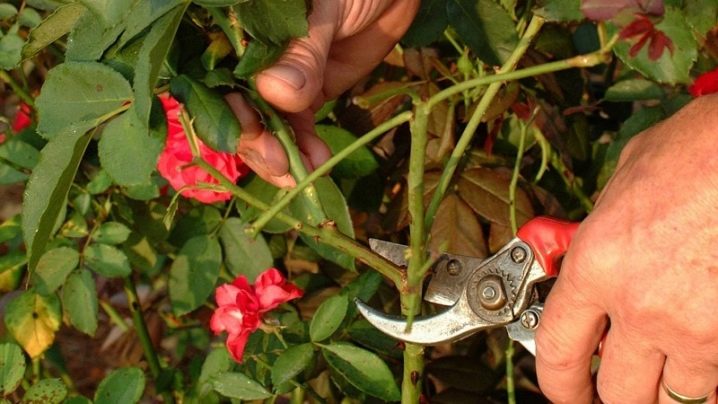
Frost protection
Improper wintering can also cause the rose to stop blooming. The plant must be covered for the cold season. You can cover the flowers with spruce branches, you can build special structures on the frame, on which the insulation material is stretched. The main thing is that this shelter is dry, and condensation does not need to accumulate under it.
The timing of the shelter is also important - this must be done before the onset of frost. In spring, the protection is removed gradually to harden the flowers. But it is also impossible to delay the moment of removing the shelter: there is a risk that the rose will rot and rot. The beginning of the disclosure must go from the north side
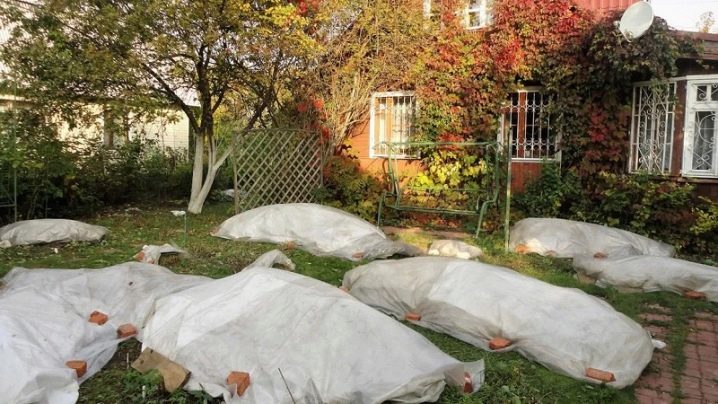
Treatment of diseases
Determining that a rose is sick is not difficult. Visual inspection reveals blackening, neoplasms and dots on the leaf blades. If the buds are underdeveloped, if they have not fully opened, if the petals have changed and dry out, this is also a symptom of the disease. As well as, of course, the complete absence of flowering.
If it is a fungal disease, it is caused by phytopathogenic fungi. Fungal spores multiply very actively when the weather is damp and not very cool. The rose fungus very quickly becomes infected through an uninfected instrument, through wounds, through frost lesions, through cracks. And pathogens winter well in the ground, so everything infected must be removed and burned or taken out from the summer cottage. You can bury 70 centimeters.

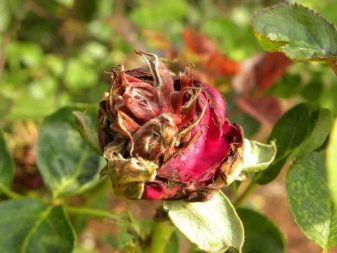
What other diseases can lead to a lack of flowering.
- Powdery mildew. It develops in cool, damp weather and drafts. And also with a lack of potassium, the disease becomes a danger. White powdery bloom on buds, foliage and shoots is a sign of an illness. If there is no treatment, the buds will simply rot and fall off. The plant feels weak. First of all, prevention will help: spraying with antifungal agents at least three times per season.
- Black spot. It appears on the bushes usually in early spring. Dark brown spots, round or with stellate edges, become the main symptom of this disease. If the black spot is overgrown, the plant weakens, its development is inhibited, and flowering becomes predictably weak. In this case, the plant will need a balanced feeding, effective fungicides with mancozeb or triazole. And for prevention, drugs with copper are used, as well as nettle-horsetail decoctions.
- Rust. She attacks the plant in the last days of April - a rust fungus appears on the back of the leaf. The swellings are found on the petioles, on the leaves, on the stipules. This ailment is treated with difficulty. To prevent the disease, it is necessary to carry out foliar dressing (from potassium nitrate and superphosphate extract), after which it will still need three times treatment with fungicides. But if the roses are heavily infected, you need to dig out the bush and burn it.
- Gray rot. With such a disease, the buds simply do not open. The flower soon becomes covered with a gray bloom, and this threatens it with rot. Diseased shoots must be completely cut off to the second healthy bud. Plant residues must be removed from the site. The rose garden is thoroughly sprayed with fungicides - this is both prevention and treatment.
And also roses can be struck by septoria, which is also treated with repeated use of fungicides. There is also a viral wilting, in which new flower stalks on roses are poorly formed. You will have to cut off the shoots to the third healthy bud, and if the virus has gone through the bush hard, just cut it down.
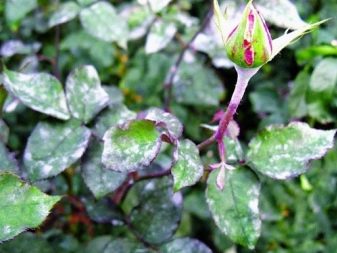
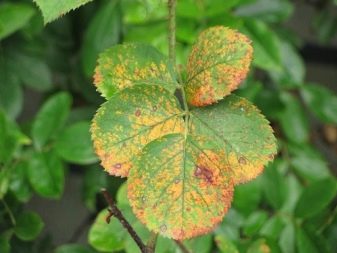
Pest control
One of the main enemies of roses is the spider mite. It appears at high temperatures and low air humidity. The tick sucks the juice from the leaves, specks appear on them, the leaves fall off. The pest can also negatively affect flowering. It is necessary to use preparations such as "Fufanon" and repeat the spraying after 11 days to reduce the harmfulness of the tick. And also among the pests there is a leaf-cutter bee, but golden bronze is much more dangerous. It is mistakenly called the May beetle, simply because of the similarities. It flies from May to August and damages the flowers of the plant. By the way, she also "takes" decisively for white lilies.
Dangerous and aphids, it damages roses, usually settles on the ends of young shoots, on the buds too. But there are not so many aphids on the leaves. Damaged buds are often bent and simply do not open. As soon as the first larvae are seen, the plants can be sprayed. And as needed, this is done every 10 days (or a little less often). The drugs should be alternated, for example, like this: "Fufanon" - "Inta-VIR" - "Commander" - "Biotlin". In especially hot weather, you can use "Zubr" or "Iskra Zolotaya". If you want aphids to be defeated by natural enemies, you need to attract a ladybug and a lacewing to the site.
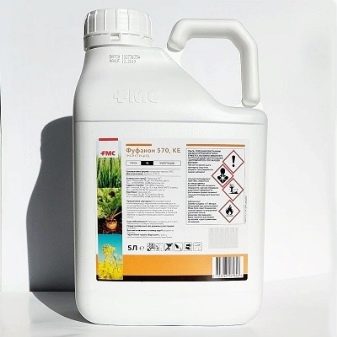
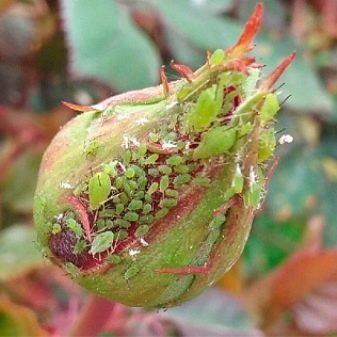
It attacks the plant and the weevil, it eats up the leaves of the rose so diligently that the whole bush may die. During the day they hide in the ground, and they are active at night - that is why the florist does not see them. Spraying with insecticides will help get rid of them. And, of course, at night, using a flashlight, they can be collected manually - with a slight invasion, this is effective. This all applies to roses that live and bush in the street. But sometimes you have to make it bloom not a ground cover, not a park, not a climbing one, but a room rose. Most likely, the lack of flowers is due to the inappropriate acidity of the soil, a lack of lighting (10 hours of light is required for a room rose), with insufficient or excess nutrition, or with the fact that the room is very hot. In order for a room rose to bloom profusely, it needs a light and cool shower from time to time.
In a word, there are a lot of reasons why a rose does not bloom. Sometimes you just have to wait - the rose will bloom in the second year. But often it is necessary to diagnose the problem, it is better to warn it, and if it has already been missed, to solve it according to one of the schemes given above.
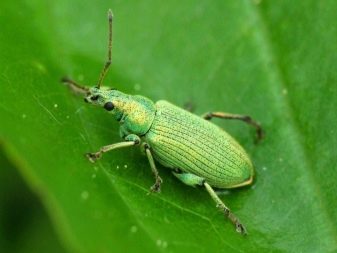
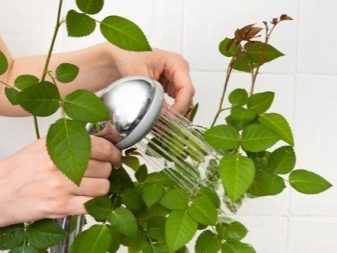

































































































The comment was sent successfully.